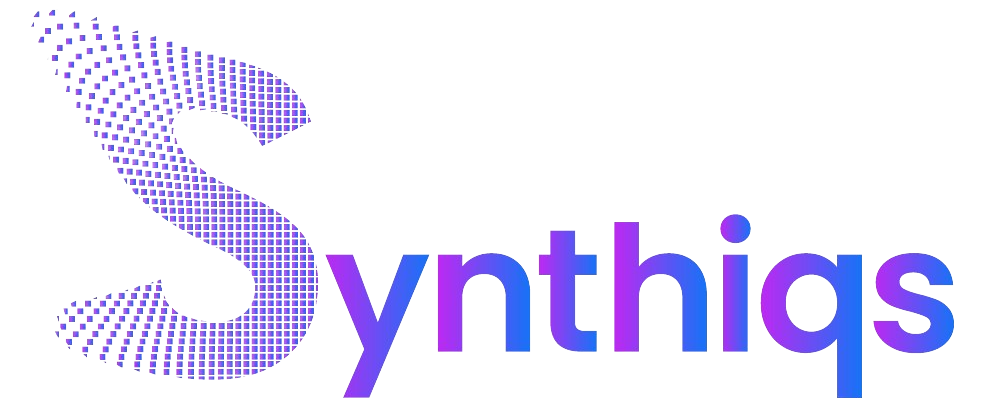The landscape of software development is ever-evolving, with new tools and technologies emerging to streamline workflows, enhance
The landscape of software development is ever-evolving, with new tools and technologies emerging to streamline workflows, enhanceproductivity, and improve code quality. As we step into 2024, several tools have gained prominence for their innovative features and capabilities. Here’s a look at the top tools for software development in 2024.
2. GitHub Copilot
GitHub Copilot has revolutionized the way developers write code. Powered by OpenAI’s Codex, Copilot suggests entire lines or blocks of code as you type, significantly speeding up the coding process. Its features include:
- Contextual Code Suggestions: Based on the context of the code being written.
- Multi-language Support: Works with various programming languages.
- Learning from Feedback: Continuously improves suggestions based on user feedback.
“IT IS A LONG FACT THAT A READER WILL BE DISTRACTED BY THE READABLE CONTENT OF A PAGE WHEN LOOKING AT ITS LAYOUT.”
Md Sumon Mia
3. Docker
Docker remains a critical tool for containerization, enabling developers to package applications and their dependencies into containers. This ensures consistency across different environments and simplifies deployment. Key benefits of Docker include:
- Portability: Containers can run on any system that supports Docker.
- Scalability: Easily scale applications across multiple containers.
- Isolation: Each container runs in its isolated environment, reducing conflicts.
4. Kubernetes
Kubernetes is the go-to tool for container orchestration. It automates the deployment, scaling, and management of containerized applications. In 2024, Kubernetes continues to dominate with features such as:
- Automated Rollouts and Rollbacks: Manage updates without downtime.
- Self-healing: Automatically restarts failed containers and reschedules them.
- Service Discovery and Load Balancing: Automatically distributes network traffic
5. Jenkins
Jenkins is an open-source automation server widely used for continuous integration and continuous delivery (CI/CD). It helps automate parts of the software development process, including building, testing, and deploying. Key features include:
- Extensible with Plugins: Over 1,000 plugins to support various tasks.
- Distributed Builds: Run jobs across multiple machines.
- Pipeline as Code: Define build processes with code for better versioning and maintainability.


6. JetBrains IntelliJ IDEA
IntelliJ IDEA by JetBrains is a popular Integrated Development Environment (IDE) for Java and other JVM languages. It’s known for its intelligent coding assistance and ergonomic design. Features include:
- Smart Code Completion: Context-aware suggestions.
- On-the-fly Code Analysis: Detects errors and suggests fixes in real-time.
- Integrated Tools: Git, Docker, Kubernetes, and more
7. Postman
Postman is an essential tool for API development and testing. It simplifies the process of creating, testing, and documenting APIs. Its features include:
- Automated Testing: Create and run automated tests for APIs.
- Mock Servers: Simulate APIs to test without actual backends.
- Collaboration: Share collections and environments with team members.
8. Terraform
Terraform by HashiCorp is a powerful tool for infrastructure as code (IaC). It allows developers to define and provision data center infrastructure using a high-level configuration language. Key features include:
- Multi-cloud Support: Works with various cloud providers like AWS, Azure, and Google Cloud.
- State Management: Keeps track of infrastructure state to ensure consistency.
- Dependency Graph: Automatically determines the correct order for resource creation
9. Sentry
Sentry is a real-time error monitoring tool that helps developers identify and fix issues in production. Its main features include:
- Detailed Error Reports: Provides stack traces and context for errors.
- Performance Monitoring: Tracks application performance and identifies bottlenecks.
- Integrations: Works with various frameworks and languages
10. Slack
Slack is more than just a messaging app; it’s a collaboration hub that integrates with many development tools to streamline communication and workflows. Features include:
- Channels: Organize conversations by topics, projects, or teams.
- Integration with Dev Tools: Connects with GitHub, Jira, Jenkins, and more.
- Automation with Bots: Use bots to automate repetitive tasks and notifications.






traga
February 13, 2023Collaboratively empower multifunctional e-commerce for prospective applications. Seamlessly productivate plug and play markets.
traga
February 13, 2023Collaboratively empower multifunctional e-commerce for prospective applications. Seamlessly plug and play.
traga
February 13, 2023Collaboratively empower multifunctional e-commerce for prospective applications. Seamlessly productivate plug and play mosque.